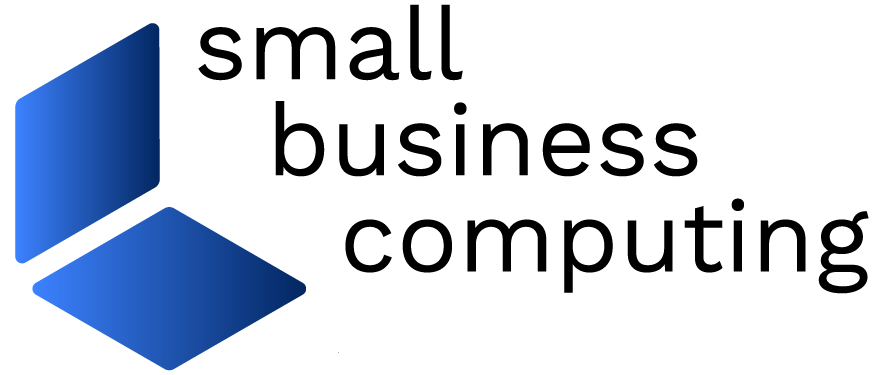As a small business owner, you work hard every day to grow your business and make it a success. But don’t get so caught up in the day-to-day that you neglect to take long-term strategy and planning into account. As the CEO and leader of your small business, it’s incumbent upon you to think strategically and to incorporate business forecasting into your overall business plan.
Forecasting is an important, albeit sometimes overlooked, part of small business ownership. Business forecasting can not only predict your company’s growth, it can also help you identify where you can tighten up expenses or work to expand sales.
While creating a business forecast may conjure up ideas of long hours spent poring over statistical data and mathematical formulas, there is no reason why forecasting has to be complicated. Try these three tips for making your next forecast.
3 Steps to Small Business Forecasting
1. Know your baseline
Before you forecast your businesses future, take stock of your current situation. Record all of the following information:
- Fixed expenses
- Variable expenses
- Revenue, broken down by product line if appropriate
- Gross margin and operating profit margin
- Interest rates
You’ll need some of these numbers when forecasting future profits, while other numbers can help you determine whether your forecast is realistic. For example, if your margins jump significantly, you may need to reconsider whether the assumptions you made are reasonable.
2. Look at multiple scenarios
Once you have a baseline, you’re ready to calculate your forecast. Essentially, you want to determine how many widgets you expect to sell in a given year and how much it will cost you. Your answers will determine your expected profit.
However, don’t limit yourself to running the numbers just once. Consider a multiple scenarios with different variables for:
- Price points
- Staffing levels
- Marketing and advertising
Running multiple forecasts is an excellent way to help you make strategic business decisions in the upcoming year. When making a forecast, don’t forget to consider how your variable expenses, such as utilities and interest payments, may change in the months to come.
If you’re wondering how to determine the number of widgets you may sell in the coming year, use your historical data as a guide. If you have had 2 percent sales growth for the past three years, start with that growth figure for your forecast. Then run a forecast using flat sales and other forecasts with above-average growth and negative growth.
If you own a start-up and don’t have any historical data, look for industry data and trends from which you can extrapolate an educated guess regarding your expected level of sales.
3. Simplify with business forecasting software
Business software can quickly and easily run forecasting models for you. PlanGuru is a popular desktop program developed specifically for business analysis. Meanwhile, small business favorite QuickBooks has both desktop software and Web-based tools that can be useful in forecasting. Other options include Tableau Desktop and CRM software such as Salesforce.
Business forecasting may seem like a complicated process best left to big business. But it’s actually an essential component for managing your company’s growth and for determining what changes you need to make.
Maryalene LaPonsie has been writing professionally for more than a decade on topics including education, insurance and personal finance. She holds a Bachelor’s Degree in Political Science from Western Michigan University.
| Do you have a comment or question about this article or other small business topics in general? Speak out in the SmallBusinessComputing.com Forums. Join the discussion today! |

